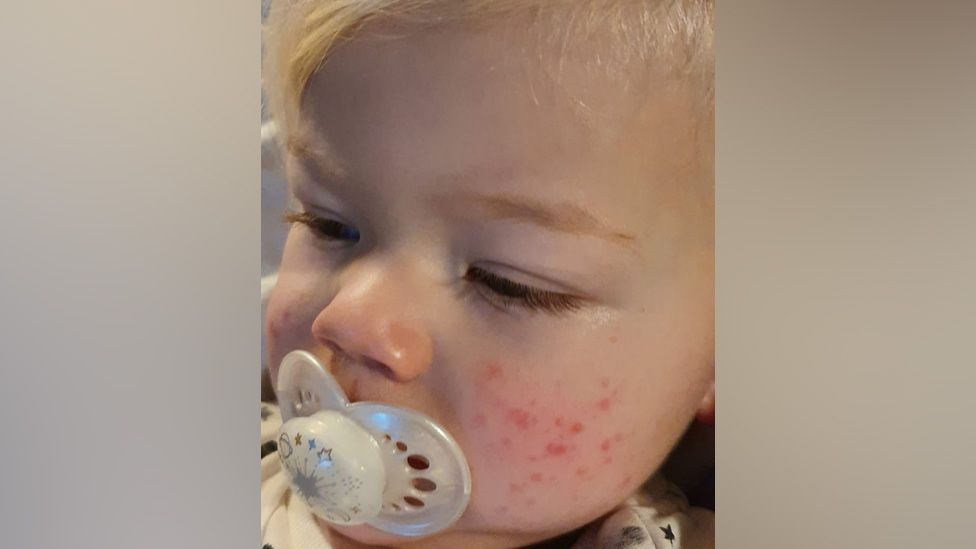
If you don't have a primary care provider, view a list of doctors in your area. If you're not sure if you have the flu or COVID-19, contact your primary care provider.
Persistent pain or pressure in the chest. The Centers for Disease Control and Prevention (CDC) recommends seeking emergency care if you experience: you or a child have other signs of illness, such as a rash, loss of appetite, or feeling weak you or a child have a high temperature that last 5 days or. If you are experiencing any of the symptoms above, you should get tested to confirm. With flu season just beginning, it may be difficult to know what you have if you are feeling ill. Generally, this starts improving three to six months later Hair loss likely occurs because the hair follicles are overstimulated during the infection and then many of the follicles change into a resting/shedding phase at the same time. This can also be seen with other types of infections when fevers are present. This typically occurs months after the infection. COVID patients in the ICU often experience severe delirium Delirium or severe confusion is a more common symptom among older people when their bodies are trying to fight off an infection. Pink eye, light sensitivity, sore eyes and itchy eyes. Hoarseness, speaking problems or swallowing issues can occur when the nerves of the vocal cords are irritated. Some people also present acutely with this symptom This can be a common post-acute COVID symptom that may be due to the body's immune response or inflammation throughout the nervous system and blood vessels that lead to the brain. This reaction appears to be more common in children or young adults and can last up to 14 days or for months #Covid rash images skin#
This is a type of skin condition that is associated with swelling, blister-like bumps or discoloration on the toes or fingers. Viruses can affect any part of the body where blood flows, so it's not surprising that it would affect the skin, which has the most blood vessels
 Skin rashes that can include small bumps, discolored areas or blisters. This is referred to as post-COVID syndrome or "long haul" COVID-19 symptoms.
Skin rashes that can include small bumps, discolored areas or blisters. This is referred to as post-COVID syndrome or "long haul" COVID-19 symptoms. 
In addition, up to 20% to 30% of people will have prolonged symptoms that can be mild to severe that can last months.

While almost anything is possible, some less common symptoms of acute COVID-19 are included in the following list below. Losing your sense of taste or smell can also happen. Some of the most common COVID-19 symptoms include fever, chills, cough, fatigue, shortness of breath, sore throat, aches and diarrhea. Many of these symptoms are normal and similar to what we see with other types of infections, while others the medical community is still learning about. Each person can respond in totally different ways. These symptoms occur from either direct damage to your cells or your body's natural response to fighting off the infection. You can have one or you can have many different symptoms. Predicting how your body will react to COVID-19 is unpredictable.







 0 kommentar(er)
0 kommentar(er)
